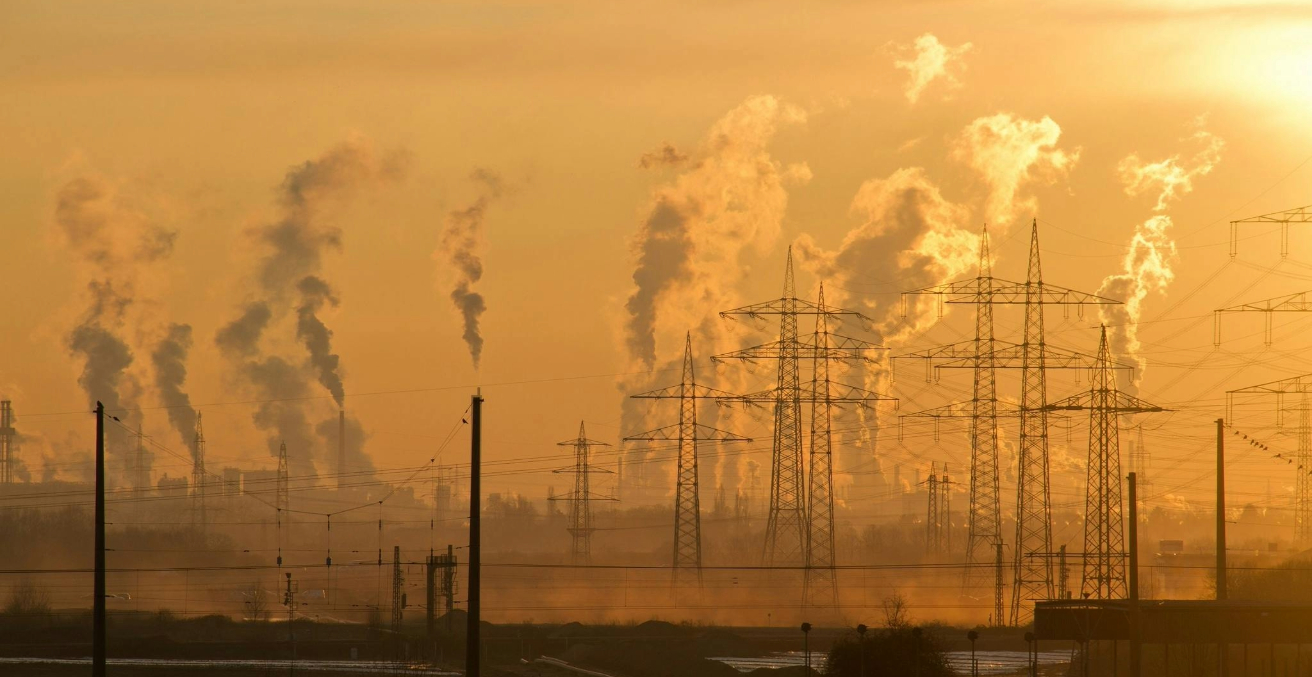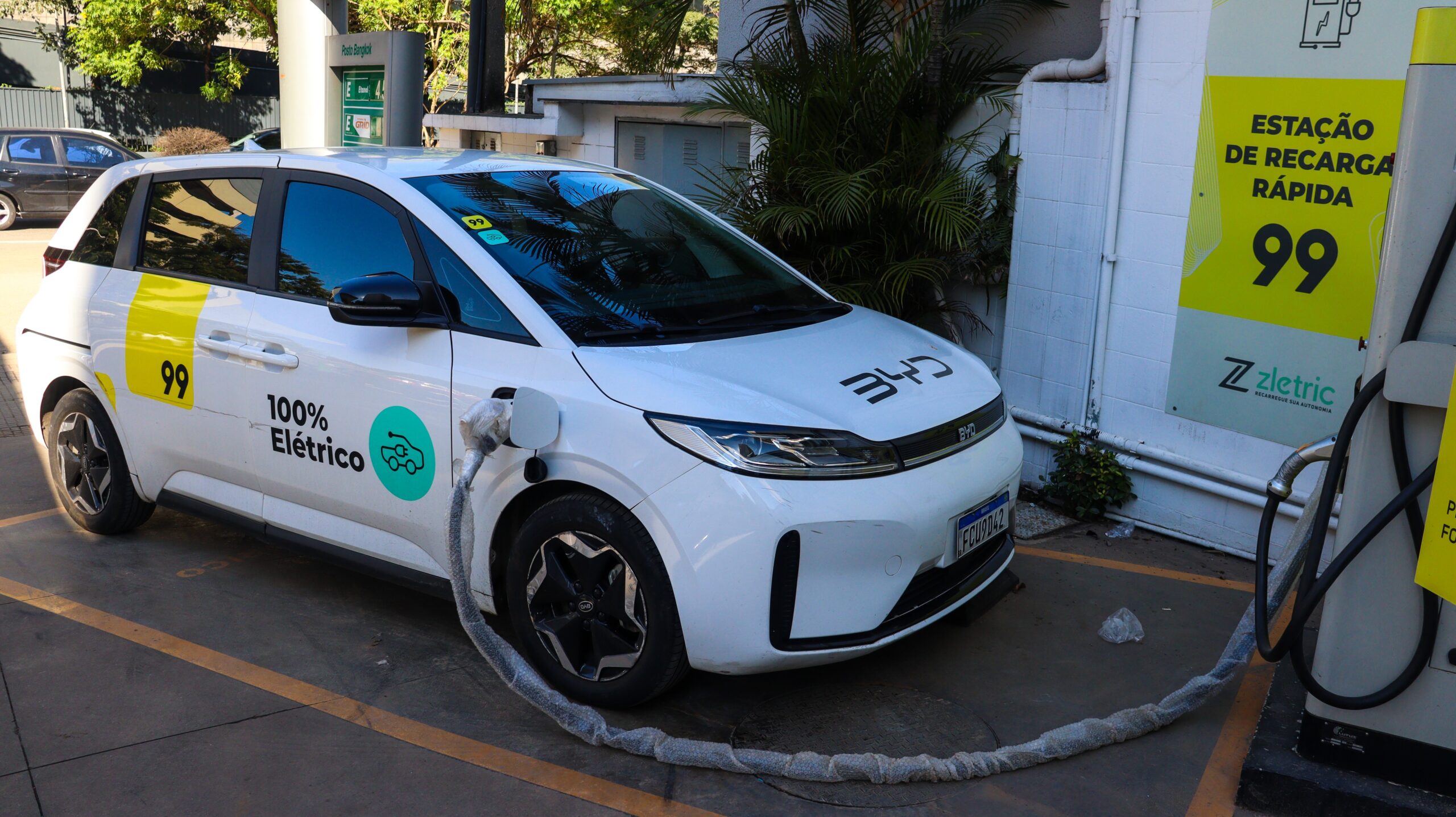Population growth and rising consumption are central drivers of the climate crisis, yet discussions about population remain largely absent from policy and public debate. Confronting this challenge means overcoming fear, stigma, and historical baggage while promoting reproductive rights and sustainable choices that respect human dignity and the planet’s limits.
It took until the year 1800 for the global population to reach one billion. We now add a billion roughly every 12-15 years and may peak at over 11 billion by the end of the century. While fertility rates have slowed in some places, population growth continues in others, especially in regions already facing water stress, food insecurity, and fragile governance. The population is still climbing by over 80 million every year—roughly the size of Germany. Any plan to save the planet that requires the question of human numbers is like bailing water from a sinking boat without patching the hole.
Population growth, combined with increasing consumption, directly correlates with rising greenhouse gas emissions. More people need more food, water, energy, and housing. That means more land cleared, more fossil fuels burned, more emissions released—which explains a 68 percent average decline in vertebrate populations since 1970. Meanwhile, we continue to lose roughly 10 million hectares of forest every year. The truth is that we are consuming the Earth’s resources at an unsustainable rate, and without an honest reckoning with our population size, no environmental solution—no matter how innovative or scientifically supported—will be sufficient.
Despite its centrality, population is consistently left out of the climate conversation not because it is unimportant, but because it is politically and ideologically inconvenient. For instance, a 2022 climate change mitigation report by the IPCC correlated population increase and economic growth with high greenhouse gas emissions. However, this significant scientific information was scrapped from the “Summary for Policymakers” which was later distributed to the press.
The uncomfortable truth
The early population control movement emerged in the early 20th century from explicitly racist and eugenicist ideologies, with figures like Lothrop Stoddard—who served on the board of what would later become Planned Parenthood—writing extensively about racial hierarchies and the supposed threat of “coloured races” outbreeding whites. This historical foundation makes contemporary Western politicians reluctant to engage with population issues, fearing accusations of perpetuating racist ideologies.
The dominant Western climate narrative focuses almost exclusively on consumption patterns and technological solutions while treating population growth as either irrelevant or taboo. This framing enables wealthy nations to present themselves as climate leaders—despite producing 92 percent of emissions—by promoting green technology adoption while sidestepping uncomfortable discussions about global population dynamics. Don’t ask how many people the planet can support, because the question is too controversial to consider. Instead, it is safer for developed countries to live in a state of ecological denialism.
Other than racist denotations, some fear that raising population as an issue leads to blaming the poor. That concern is valid and important; however, the global population challenge also involves quality of life and who controls access to resources. For instance, one American consumes more than 300 gallons of water per day, while a woman in rural sub-Saharan Africa may walk miles for a single bucket. If every person on earth lived like the average American, we would need the resources of five Earths. UK wastes 4.5 million tonnes of food every year. The US, with just over 4 percent of the world’s population, produces nearly 15 percent of global carbon emissions. Evidently, developed economies are addicted to more products, more travel, and more energy.
Yet governments, policymakers, scientists, and thought leaders must also recognise the reverse: even a world with, for example, ten billion low-consuming people would still face increasing ecological strain.
We cannot address overconsumption while ignoring the multiplying demand behind it as population and consumption actually go hand in hand.
Power, choice, and the politics of birth and rights
Millions of people across the world cannot decide freely if, when, or with whom to have children. About half of all pregnancies globally are unintended. Despite advances in sexual and reproductive health, inequalities persist, especially for marginalised groups.
Current population policies that focus on controlling fertility rates, either through incentives for childbearing or restrictions on contraception, often lead to harmful consequences, including coercive practices. Instead, policies should empower individuals to make their own reproductive choices and ensure the full realisation of reproductive rights instead of treating them like guinea pigs. In other words, the population crisis is also a crisis of rights.
Science, sociology, and economics all support giving girls the opportunity to learn and thrive, as this often leads to later marriages and smaller families. Similarly, if those who have the capacity can empower couples with knowledge and choices instead of shaming them into using birth control, the population will stabilise voluntarily, ethically, and sustainably. This is reproductive freedom in the 21st century, and it is our best tool for shaping a future in which humanity can live within planetary boundaries.
Reimagining the future
The total estimated cost to achieve the SDGs (which, should include an 18th SDG for Human Population Growth) is between US$5-7 trillion annually. If developed countries and billionaires—whose combined wealth is estimated at US $16.1 trillion—were willing to give up even a fraction of their wealth, it could fund sustainable agriculture to feed at least ten billion people on less land, replace fossil fuels with renewable energy, and support circular economies that reduce waste and extend the life of materials. Likewise, green technology can deliver efficiency without pollution. These solutions require political will, cultural change, and global cooperation. Are humans willing to go the extra mile?
Some may argue that we have always figured things out and that human ingenuity will save us. Maybe, but ingenuity does not remove limits, and we do, in fact, continue to add millions more people every year. Obviously, there is a path forward, but it involves hard truths and courageous choices such as investing in people, especially women and girls, and empowering them to make their own decisions. It involves redefining prosperity not by how much we consume, but by how well we live. Without a paradigm shift in our thoughts and actions, the elephant in the room will continue to overshadow any talks on climate resiliency as it is the humans who are shaping and managing climate and not the other way round. A food for thought following the world population day on July 11.
Professor Syed Munir Khasru is chairman of the international think tank IPAG Asia-Pacific, Australia, with a presence also in Dhaka, Delhi, Dubai, and Vienna (www.syedmunirkhasru.org).
This article is published under a Creative Commons License and may be republished with attribution.





